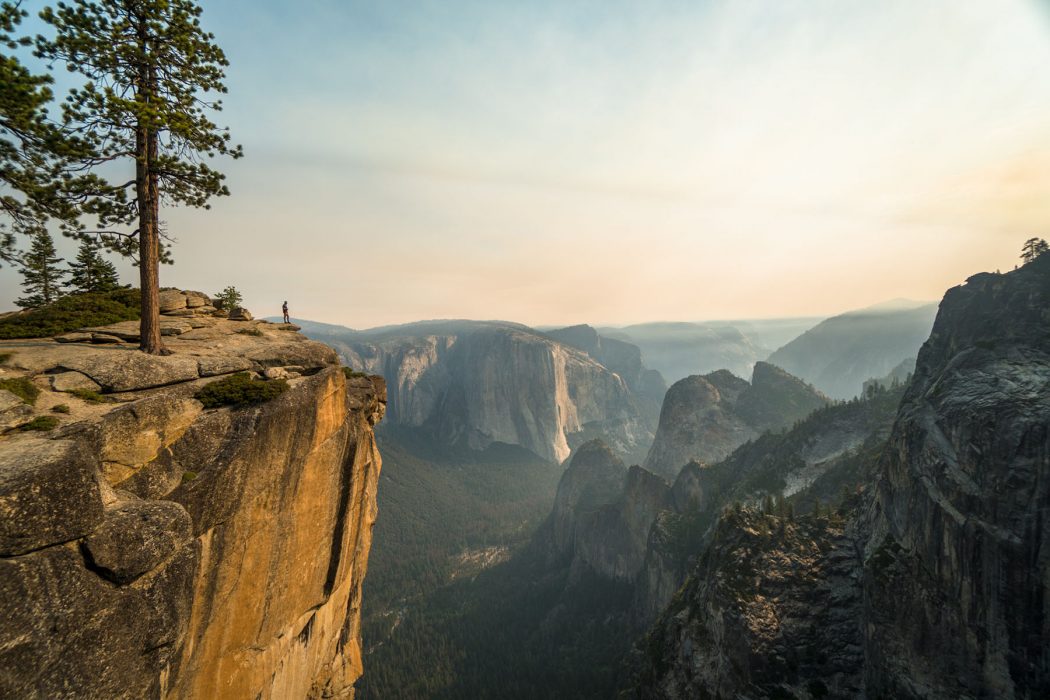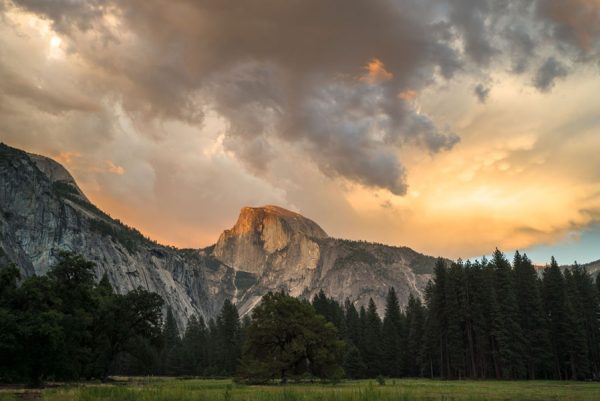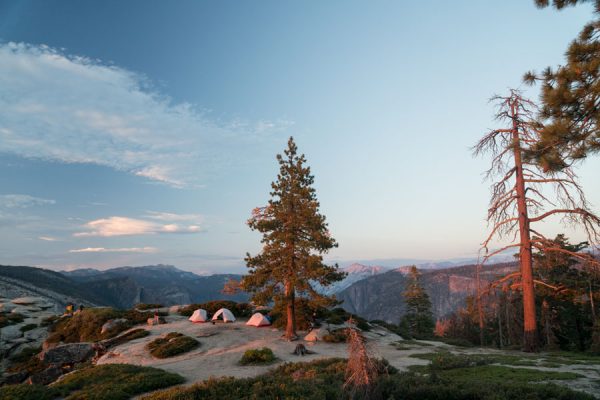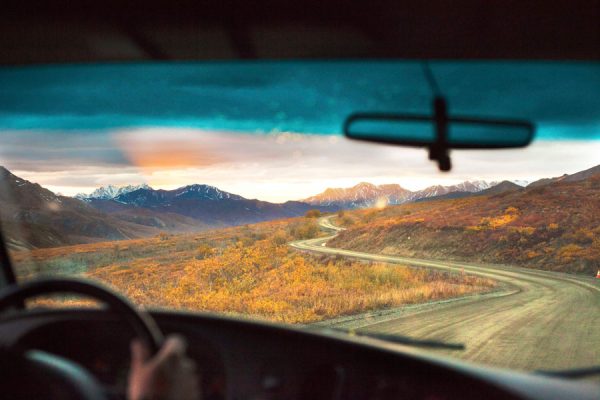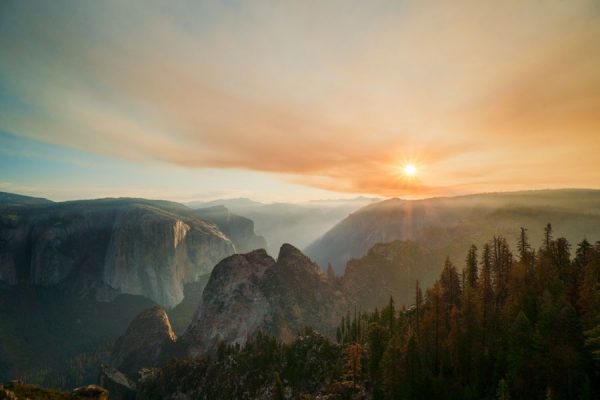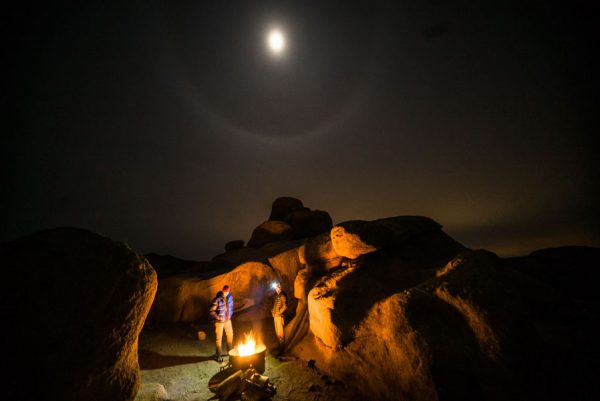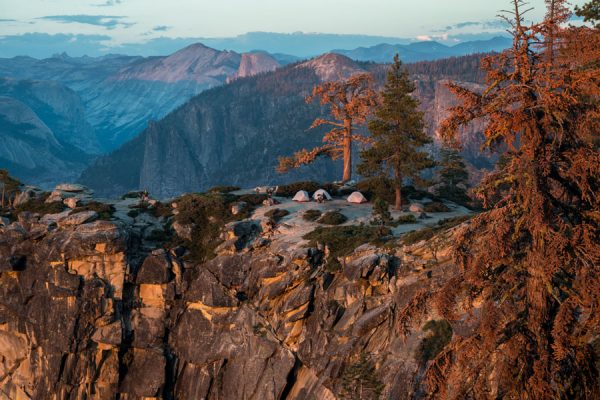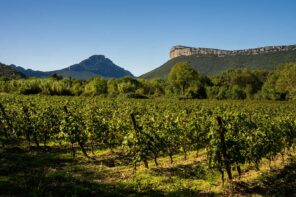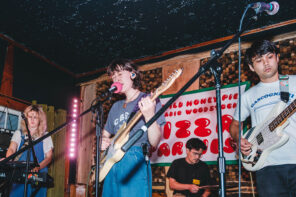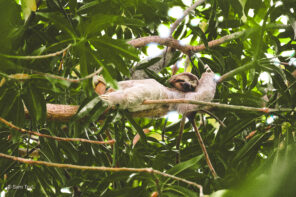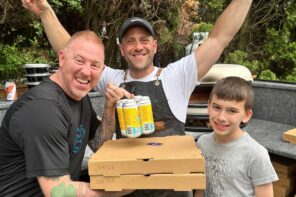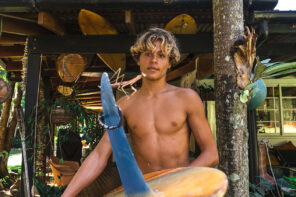In my personal and professional life, wilderness has two functional meanings. The first meaning relates to large tracts of natural landscape (land, water, and the wildlife therein) that are intact and exist in their natural state, unaltered by man.
The second meaning of wilderness refers to lands that have been designated as federally protected “wilderness,” seeking to conserve areas “where the earth and its community of life are untrammeled by man, where man himself is a visitor who does not remain.” — Chris Burkard
Chris Burkard: What does wilderness mean to you?
Charles Post: To me, the word “wilderness” is a bit more of a notion, a feeling or a perspective as opposed to something that’s tangible and tactile. It’s something you feel after spending a duration of time outside. Like a backpacking trip, or even a day hike through a remote place like Denali National Park. You can be a mile off the trail and really feel the wilderness.
There are places that are defined by wilderness; places that don’t allow motorized vehicles and where people don’t live. But in my eyes, wilderness is something that has a bit more of a soul, it affects you, it’s more than just a designation.
My wilderness moment came from a time when I lived in a cabin, ironically called Wilderness Watch. It was a small two-room, wooden cabin on the edge of the Eel River. Even though we had solar panels and light in the summer and candles in the winter, it was home. It felt like wilderness because you were removed from the tug of society and the anxiety that an urban environment naturally evokes.
I think wilderness can mean different things to different people. Someone who grew up in an urban environment can walk to Central Park and be in a thicket or a grove of trees and feel like they’re in the wilderness. And someone who’s a seasoned backpacker, park ranger or bushman might think of wilderness as the Arctic National Wildlife Refuge—a truly wild, remote place.
While it may (physically) mean different things to different people, it’s that feeling or notion that is worth protecting and celebrating.
CB: Is wilderness an idea that should be treated and managed with access in mind, or should it be less unbraided by trails and two-tracks?
CP: That’s a question that is right for the time, especially with this burgeoning interest in the outdoors. Some may say it’s driven by social media or a lust for attention. Without diving down that rabbit hole, I think the main question worth exploring is how do we direct people’s attention and desire for the outdoors towards places that can handle it.
What this means is, you have a place like Yosemite, where access is abundant. If you’re in a wheelchair, you can access most of the valley. Many of the trails and sites are accessible by wheelchair and available to people that may have never hiked a single track, trail or mountain before. There’s a value in that. That affords people an opportunity to be transformed by the power of nature and the beauty these places hold. And while it’s amazing, Yosemite from an ecology standpoint, from a point of ecological integrity, is completely off the charts when compared to a Denali or The Brooks Range—the truly remote places that do not have trails, vast networks of roads or much infrastructure.
Honestly, I think that access (or a lack of access) aren’t the things that we should be focused on. Instead, focus on how can we inspire the greatest number of people while still preserving the true wilderness that we have left.
And when you talk about the expense of access—it does drain the true wilderness from these places. There have been some incredible studies that look at the impact of logging one or two trees from a hectare of forest. Though it may seem benign, it has a tremendous impact. To say you can build one road through previously unbraided wilderness and say it won’t have any impact, it’s just not true. Moving forward, when we talk about the future of wilderness, we need to consider both ends of the spectrum.
At one end of the spectrum, I’ve had some recent conversations about the idea of Yosemite being considered the sacrificial lamb of sorts. We use it as the vehicle to inspire engagement, inspire a reverence for the natural world, but then leave places like Denali, Arctic National Wildlife Refuge or the remote pockets of Yellowstone untouched. Let those be wild and remain unfettered by the collective swing of society’s ax. If we can distinguish the difference between a Yosemite and Denali, then we can move forward with open eyes and have an understanding of what our impacts are doing to those two vastly different places.
Honestly, I think that access (or a lack of access) aren’t the things that we should be focused on. Instead, focus on how can we inspire the greatest number of people while still preserving the true wilderness that we have left.
CB: Where should we draw the line of access? Is there room for wilderness with little or no access? Is there a fine line between creating experiences for more people to access wilderness and loving a place to death?
CP: Yeah, I definitely think that there is room for wilderness with little or no access. We need places to inspire others, as mentioned, these can be your Central Parks, urban gardens or Yosemite. But we definitely need places where wilderness continues to move along in a natural way. We need to inspire a new generation of stewards and keep in mind the people who hold reverence for wild spaces. It is increasingly important to protect the places that are still wild. If we were to build a cement pathway through the heart of the Denali, we would drain it of its wildness. While access is important, it should be granted to places where true wilderness still exists.
Do I think Yosemite has been loved to death? Yes, but it still holds tremendous value in society, and I think what it’s doing is it is accomplishing a goal that a Denali will never be able to because it’s so far removed and off the beaten path. Which preserves the wilderness of Denali, but does not have the societal impact that Yosemite has. So they’re both innately different, but they both have tremendous, unique impact on the idea of wilderness.
CB: Wilderness is defined as a landscape devoid of humans. By removing humans and society from landscapes, are we stripping it of stewards and advocates tightly bound to a particular patch of earth?
CP: I think that’s an interesting question because while that is the definition of wilderness, the moment that you take away a community that is inextricable from the landscape that they lean on, you lose the people who then have any stake in their own backyard.
One of the things that this relates to is the idea of people leasing public lands for grazing. You can have a rancher who has been grazing a particular swath of range land for three or four generations, and that person will know better than anybody the metrics that would indicate the health and well-being of that place, or whether it was swimming in the wrong direction.
It’s all about making these places relatable, and bringing the local public into that space, so they can develop a connection and potentially become a steward or advocate for it.
There are circumstances where people on the land, working the land, are invaluable. They become the most staunch advocates for that place. But, what really drove the definition of wilderness as a landscape devoid of humans was this intention to remove Native Americans from places like Yellowstone. Unfortunately, they never had a voice to really speak on behalf of the landscape that supported them. Today, one of the best things we can do is create space for people to advocate on behalf of their backyard.
And you can see this in watershed groups, local burning groups, hunters, and fisherman. They all have a stake in these places that they rely on and revere. While we don’t have communities that are really bound to these great national parks like Denali, Yellowstone or even the Yosemite, because nobody lives in them, we also don’t have voices to speak on behalf of these places. But, what we do have in eco-tourism is an economy bound to the well-being of these places. In the case of Yellowstone, you have ranchers and eco-tourism that rely on the park’s health and well-being. This is invaluable because if you haven’t experienced something, or don’t know it exists, there’s no way to advocate for it.
It’s just like talking about a warming Arctic. Most people have never been there, so they can’t relate to it. Most people have never been to the South Pacific where Islanders come in for the local fish. It’s all about making these places relatable, and bringing the local public into that space, so they can develop a connection and potentially become a steward or advocate for it.
CB: In your opinion, what role does social media have in preserving wilderness and inspiring reverence to these wild places?
CP: I think it’s an interesting forum because it creates space for conversations that are important, and it gives a forum for discussion and perspectives.
One of the unfortunate consequences of social media is that it feels like a lot of people simply get outside for the purpose of a picture or for the 21 minutes that they spend at a vista, overlook or waterfall. It only scratches the surface of these places.
On a very basic level, I think that’s better than the alternative of not experiencing the outdoors, but unfortunately, I don’t believe that social media is creating a community of people who are deeply connected to the outdoors; they have more of a superficial connection.
…21 minutes, that’s the average amount of time people spend in national parks…
There are plenty of people who use social media in a deeper way, people who communicate in stories of conservation, stewardship or ecology. People like Paul Nicklen have done an amazing job of using the platform in a way that’s educational, informative and truly illustrates some of the deeper narratives that are bound to our wild spaces.
I think we’re better off with social media because it does create a space for everybody to have a voice, which I think is really important. I guess the next thing is what will people learn from it and how will they use it in better ways.
I hope it grows into something a bit more rooted and people want to spend more than 21 minutes at national parks … and when I say 21 minutes, that’s the average amount of time people spend in national parks, which is a pretty crazy statistic considering it takes into account people who spend a month in Colorado or 35 days hiking the John Muir Trail.
Social media has been something that I’ve really enjoyed because it has given me a platform to really think about how I talk about wilderness and ecology and also connect with a lot of amazing, inspiring people who have really enriched my life. Hopefully, that’s what more and more people find when they engage with others on social media.
Interview as featured in the 2017 Wilderness Issue of Whalebone Magazine, presented by Go RVing and guest-edited by Chris Burkard and Charles Post.

